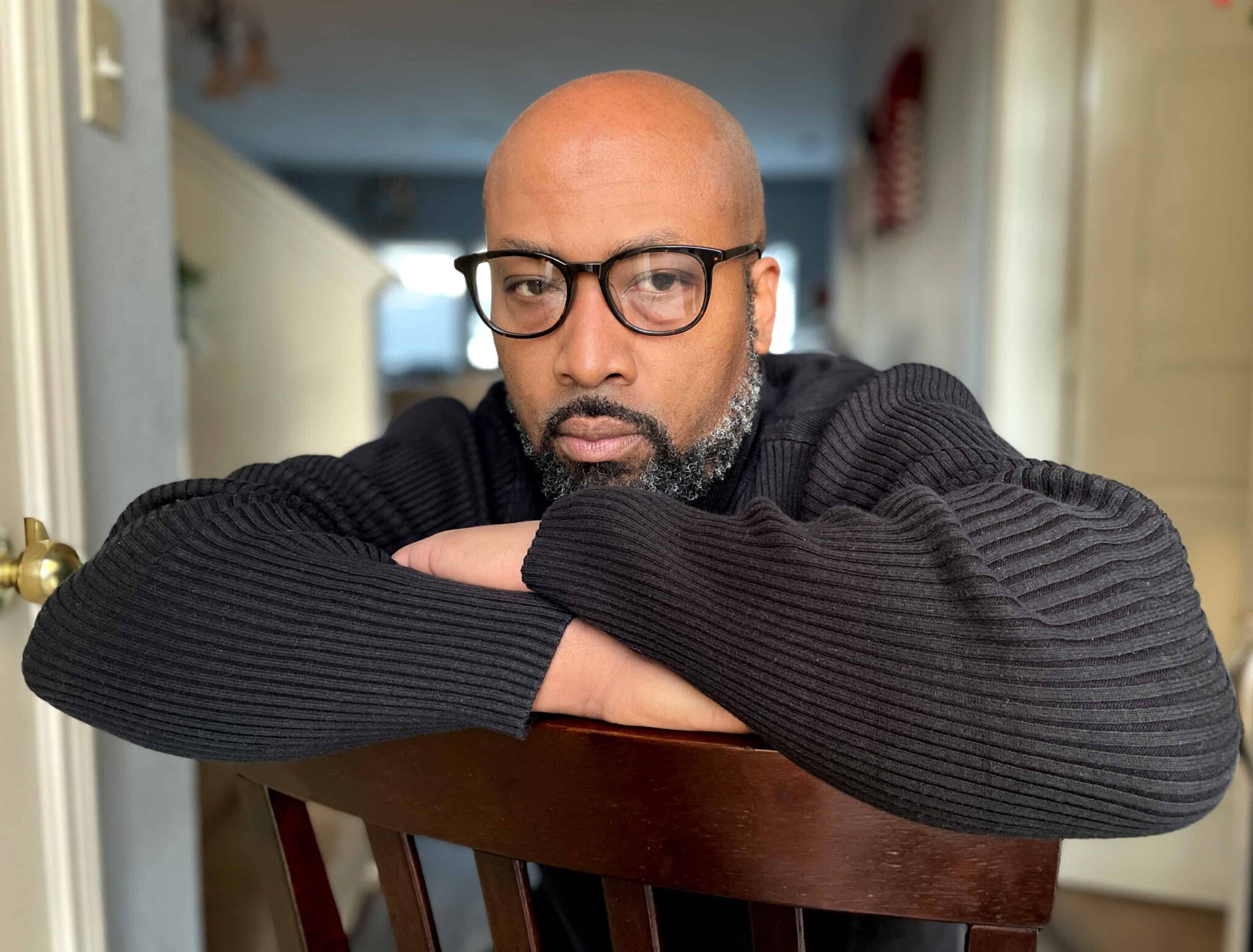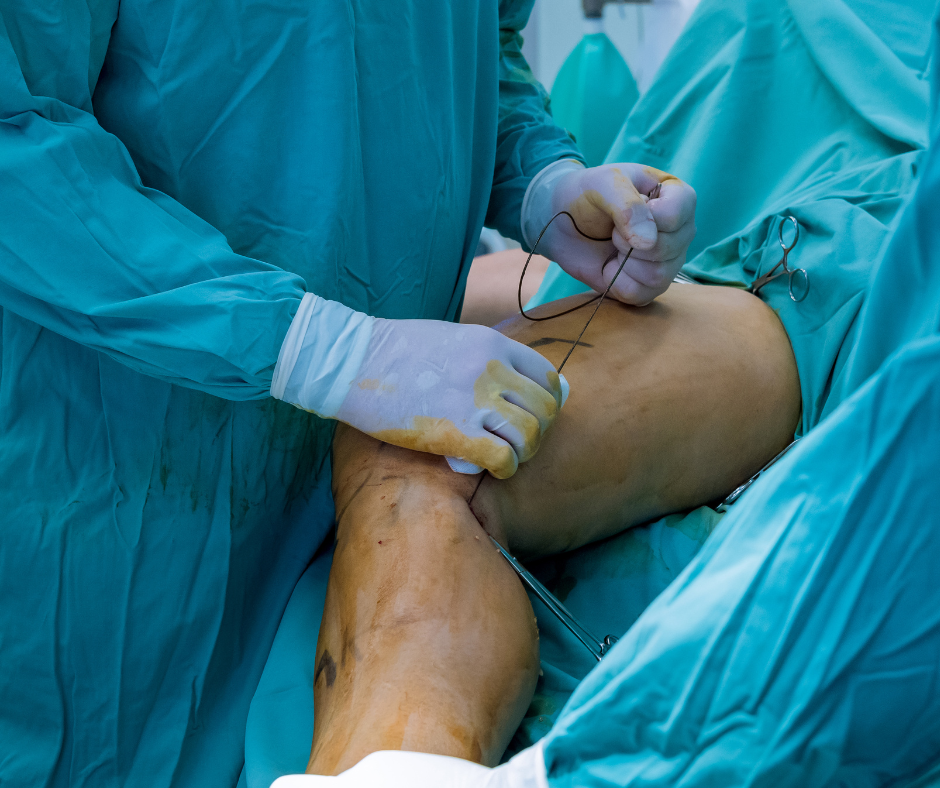Most people don’t think about vein disease or vein health until their symptoms are advanced or severe.
Dr. Tonie Reincke, Owner of Reincke Vein Center, wants to change that.
“Many people think that taking care of your veins is only cosmetic,” said Dr. Reincke, “But failure to monitor your vein health can lead to serious complications.”
She recalls one patient who waited too long and suffered some serious complications.
“This guy was a tough rancher who decided to ignore the disease and fight through the pain,” Dr. Reincke said. “The disease progressed and eventually caused severe infections in his skin and bone. It got so bad that he wore his cowboy boots all the time to cover his disfigured legs.”
What Are Some Types of Vein Diseases?
Vein disease encompasses various conditions affecting the veins, impairing their ability to efficiently transport blood back to the heart.
It can involve both the deep veins found within muscle tissue and the superficial veins close to the skin’s surface.
Some common types of vein diseases include:
Varicose Veins
Varicose veins are enlarged, twisted veins that usually appear on the legs and feet.
They can cause discomfort, pain, and aching.
Spider Veins
Spider veins are smaller, red, purple, and blue vessels that also twist and turn.
They are visible through the skin and often appear on the legs and face.
Deep Vein Thrombosis (DVT)
Deep Vein Thrombosis is a blood clot that forms in a deep vein, typically in the legs.
DVT can be life-threatening if the clot breaks loose and travels through the bloodstream to the lungs, causing a pulmonary embolism.
Chronic Venous Insufficiency (CVI)
Chronic venous insufficiency is a condition that occurs when the valves in the veins that carry blood back to the heart become damaged or weakened.
It can cause blood to pool in the veins, leading to swelling, pain, and changes in the skin.
Venous Ulcers
These are open, often painful, sores that occur when the veins in the legs do not efficiently return blood to the heart.
The resulting poor circulation can lead to ulcers forming, which can be challenging to heal without proper treatment.
What are the Vein Disease Risk Factors
Several risk factors can increase the likelihood of developing vein disease. These factors may include:
Age
The risk of developing vein disease increases with age, as the wear and tear on the veins over time can lead to weakened valves and vein walls.
People who are 50 years old and above are at increased risk.
Family History
A family history of vein disease can predispose individuals to develop similar conditions.
According to Dr. Reincke, you have a 50% chance of getting vein disease if one parent has it.
The risk increases to 90% if both parents have it.
Prolonged Sitting or Standing
Occupations or activities that involve prolonged periods of sitting or standing can contribute to poor circulation and increased pressure on the veins, potentially leading to vein disease.
Obesity
Excess weight can put added pressure on the veins, especially in the lower extremities, leading to an increased risk of developing vein disease.
Sedentary Lifestyle
A sedentary lifestyle can weaken the muscles that support the veins, leading to decreased blood flow and an increased risk of vein disease.
Smoking
Smoking can contribute to poor circulation and increase the risk of developing vein disease.
What Are the Symptoms of Vein Disease?
While each form of vein disease has specific symptoms, there are a few things to look for.
“General symptoms include aching, throbbing, or a feeling of heaviness in the legs, swelling, muscle cramping, itching around the veins, skin discoloration, and restlessness in the legs, especially at night,” Dr. Reincke said. “If you are experiencing any of these symptoms, it is essential to consult a healthcare professional for proper evaluation and diagnosis. Early detection and treatment can help prevent complications and improve your overall quality of life.”
How Do You Treat Vein Disease

Dr. Reincke is very clear that vein disease is not curable, but it is treatable.
“Surgical treatments used to be the only options,” Dr. Reincke said. “But they were complicated, painful, and required long recovery times.”
For her patients, she recommends one of the following minimally invasive treatments depending on the circumstances and severity.
Varithena
Varithena is a non-surgical procedure using a local anesthetic that can be done in less than an hour.
Varithena is an FDA-approved foam treatment that is injected into a vein.
The foam irritates the vein lining, causing it to close.
After Varithena treatment, the body redirects blood to nearby veins which greatly improves circulation and eliminates the patient’s varicose vein symptoms.
Microphlebectomy
Microphlebectomy, also known as miniphlebectomy or ambulatory phlebectomy is a minimally invasive surgical procedure used to remove varicose veins located near the surface of the skin.
After Microphlebectomy, you can return to light daily activities immediately following the procedure, but Dr. Reincke recommends avoiding physically demanding activities for 1-2 weeks.
Sclerotherapy
Sclerotherapy is a proven and minimally invasive varicose vein treatment that has been used to treat veins for the past 150 years.
It is a quick medical procedure that closes down small and medium-sized spider and varicose veins by irritating them with a medication that is injected with a tiny needle.
Once the medication is injected, the solution irritates the lining of the vein walls, causing them to close and prevent blood from flowing.
As the body heals, it redirects blood flow to other normally functioning veins and as a result, the treated vein disappears within a few weeks.
Typically, Dr. Reincke and her team can complete sclerotherapy treatments in about ten minutes, although you may require multiple sessions to achieve full clearance of all problem veins.
Radiofrequency Ablation
Radiofrequency Ablation (RFA) is a minimally invasive medical procedure that involves inserting a catheter into the vein which emits radio waves and heats specific areas of the affected vein, causing it to close.
Instead of clotting the blood, the radiofrequency energy targets the collagen in the vein wall, causing it to shrink and prevent blood from circulating through that vein.
The blood is then redirected through other surrounding healthy veins.
Other Vein Disease Treatments
In addition to the previous treatment options, the following methods are commonly used to treat vein disease.
Lifestyle Changes
Engage in regular physical activity to improve muscle tone and circulation. Additionally, maintaining a healthy weight can help reduce pressure on your legs.
Compression Socks
Compression socks are specially designed to squeeze your legs, helping your veins and leg muscles move blood more efficiently.
Surgical Procedures
For severe cases, surgical methods such as vein stripping and ligation might be recommended.
These involve tying off a vein and removing it through small incisions.
Take Care of Your Vein Health
Managing your risk factors through lifestyle modifications, such as maintaining a healthy weight, staying physically active, avoiding prolonged sitting or standing, and not smoking, can help reduce the risk of developing vein disease.
Regular exercise and elevation of the legs can also promote healthy blood circulation and reduce the risk of developing vein-related conditions.
If you suspect you may have a vein-related condition, it is essential to consult with a healthcare professional for proper diagnosis and treatment.
They can help you manage symptoms and prevent potential complications.

Frederick J. Goodall is the Editor-in-Chief of Mocha Man Style, media spokesperson, event host, photographer, and a top social media influencer in Houston, TX. He likes to write about fashion, cars, travel, and health.

